European Fintech Index
Get an objective, clear, and comprehensive take on Fintech in Europe. Access one index that covers all essential data.
Get an objective, clear, and comprehensive take on Fintech in Europe. Access one index that covers all essential data.
This project aims to collect and present all essential European fintech market attractiveness indicators in a single system. We let the data speak for itself.
- Find all essential data in one place
- Choose dimensions that are relevant to you and get tailored insights.
- Explore a data-analysis tool
- Businesses, fintech associations, investors, or government institutions can now gain insights from comprehensive data to uncover strategic insights.
- Get new insights and compare European countries
- Which country has the most fintech licenses? Which one has the most attractive tax system? Who are the strongest innovators? You can pick out the data that matters to you and compare it amongst countries.
Featured In
FINTECH IN EUROPE
The map below helps to quickly capture the state of fintech market conditions in Europe. Pick a dimension and explore.
The overall ranking accounts for all three dimensions combined together. This is the most holistic evaluation of market potential to fintech businesses, government institutions, investors or anyone else with a professional interest in the industry.
Ranking
The fintech environment attractiveness dimension highlights favorable market conditions for establishing a fintech type of business and encompasses metrics like fintech-related regulation presence in each market, fintech funding per capita, fintech workforce share, and number of fintech licenses.
Ranking
The Business environment attractiveness dimension spans several parameters that define the overall context for conducting business within the given country. The most notable metrics include friendliness to startups, ease of doing business, taxation competitiveness, and related aspects.
Ranking
Market attractiveness covers market aspects that make it a favorable market for fintech to conduct commercial operations in and to scale successfully. The dimension includes metrics that showcase population engagement with digital and financial services, size and health of the economy, and regulations that govern digital interactions.
Ranking
FINTECH RANKINGS
Click on any of the three dimensions to sort accordingly. To go back, click on the overall ranking.
Although the data about Ukraine is also objectively collected to reflect the country's current ranking - the ongoing state of war might unfairly skew data due to limited opportunities to improve the rank. Since Ukraine is a part of Europe, it will remain on this list to facilitate learnings. Data will be displayed and updated as soon as circumstances change.
Although the data about Ukraine is also objectively collected to reflect the country's current ranking - the ongoing state of war might unfairly skew data due to limited opportunities to improve the rank. Since Ukraine is a part of Europe, it will remain on this list to facilitate learnings. Data will be displayed and updated as soon as circumstances change.
KEY INSIGHTS
RELATIONSHIPS
Since different index dimensions provide a unique perspective to local market conditions, the strength in one category does not translate into strength in another. For instance, attractive conditions for doing business and an attractive and high-potential local market do not guarantee favorable fintech conditions.
LEADING POSITIONS
The leading index countries (Sweden, the Netherlands, Switzerland) maintain high-ranking positions across all the critical metrics. They are comparably strong in all three dimensions: Fintech environment attractiveness, Business environment attractiveness, and local Market attractiveness. However, these countries do not excel equally everywhere and falter in the areas of fintech regulatory environment scores.
AREAS FOR IMPROVEMENT
The second half of the Fintech ranking features countries with unique profiles and specific patterns of strengths and weaknesses. These countries generally have weaker economic conditions and a lackluster situation in digital banking areas, venture capital investments, and fintech funding.
Explore the data
Learn moreDiscover more insights
Learn moreWHY DO WE NEED A FINTECH INDEX?
European Fintech Index aims to present objective and clear data to serve as a tool to make more informed and strategic decisions.
Getting the full story
We want to see the full European fintech landscape that highlights the different aspects of doing business.
Comparing without barriers
We should be able to compare the countries on equal terms through the most commonly used rankings and attributes.
Exploring deeper
We want to provide an additional opportunity to simplify fintech market explorations and analysis.
Less than 1/3 of European countries clearly list data sources
Those countries that represent their attractiveness for fintech tend to omit clear references to specific data sources and do not provide visitors with valid links of references.
And just 52% of all European countries use at least one external source
There is a lack of transparency in the sense that country representational narratives rely on internally derived vanity metrics, at the same time avoiding any references to established rankings or data sources.
Just 1/3 of all countries include most recent data
Not all essential fintech related rankings are updated every year, but there is an overwhelming majority of representational content that features argumentation derived from sources from beyond 2021.
Testimonials
ABOUT THE PROJECT
The European Fintech Index is the first report of this scope in the European market.
This data project started as an internal market research initiative by ConnectPay. In the process, we found out there is a niche for an objective, informative, up-to-date, and all-encompassing fintech index that would allow different stakeholders to get a full picture of European fintech in one place.
We aimed to gather all the main indexes and rankings used by European countries (usually national or regional investment promotion agencies) and compile them all together with other important open data sources into one index.
This is how the Fintech Index came to be – a single source for conveniently overviewing the key fintech attractiveness arguments in the form of a country ranking. The types of arguments used to represent different countries have been directly reflected in the three dimensions that capture the complexity and ease of establishing and running a fintech business in European countries.









